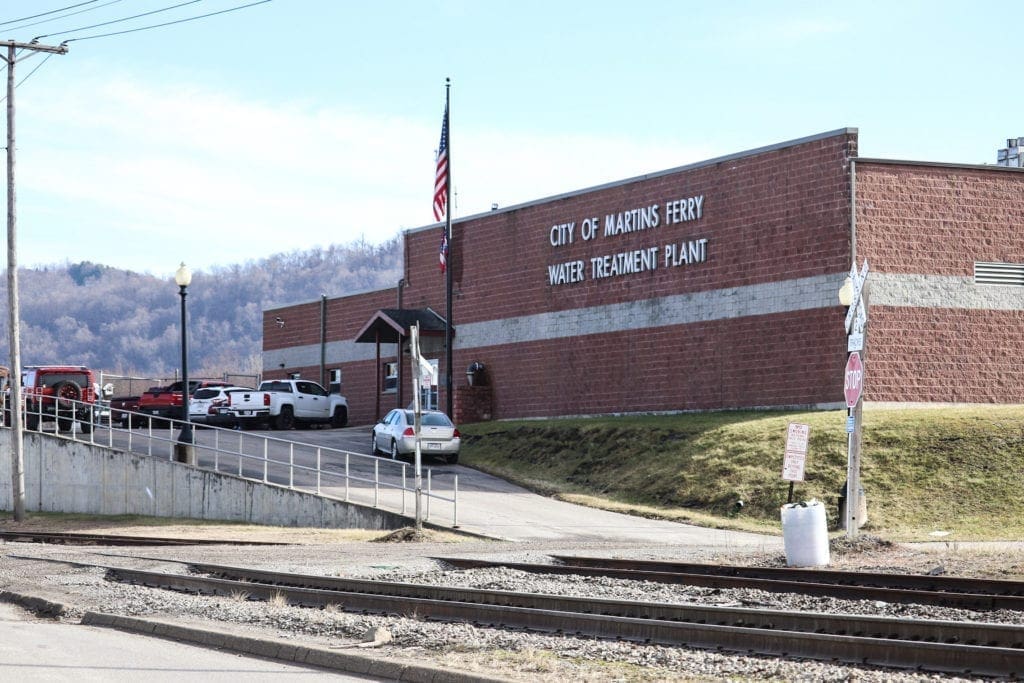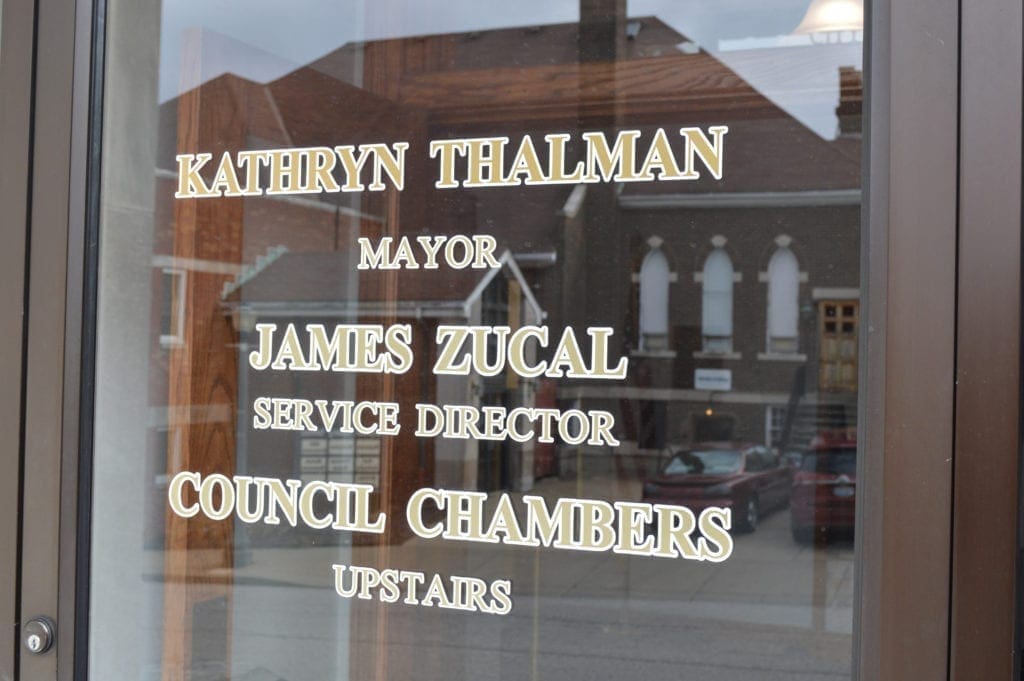Water, water everywhere, and not a decision has been made—yet.
And that’s a good thing.
When St. Clairsville City Council tabled its decision on whether or not to sell its water operation to Aqua Ohio in mid-November, it provided time for a more thorough investigation into potential alternatives. Aqua Ohio extended its deadline until April, so naturally that’s one option, albeit a seemingly unpopular one.
Newly elected Mayor Kathy Thalman, in a recent interview with LedeNews’ Steve Novotney, reiterated she is working to look at numerous options for a solution to this expensive problem. According to the City of St. Clairsville’s website, the synopsis of the water department’s issues spell out a cost estimate of roughly $25 million, with an ‘M,’ to fix and bring current to modern standards.
Yes, let’s hear those alternatives. One of the options Thalman expressed to LedeNews was exploring the possibility of other local municipalities supplying the city’s water. She mentioned both Martins Ferry and Bellaire.
But can they handle the increased load? And, if so, are they interested in doing so?
In short? Yes. Martins Ferry’s leaders have said as much.

Purple City to the Rescue?
Martins Ferry Mayor John Davis said he talked to Thalman and St. Clairsville Service Director Jim Zucal earlier Monday about the very issue. The talks were productive, and the two towns set up a meeting next week to go over potential ideas and options in detail.
“We’re interested and open to exploring all possibilities with St. Clairsville and maybe other local communities as well,” said Bill Suto, Martins Ferry’s water superintendent.
“Funding is a big issue right now,” Davis added. “That’s something we have to get through. But the more communities that are interested in our water, the availability of funding widens.

Ability to Assist
Suto said Martins Ferry currently pumps a little less than two-million gallons a day to its current customers. It has the ability to double that production as is, with an additional 2.5 million gallons per day possible with an updated filter bed.
That’s more than enough to handle St. Clairsville’s needs, according to Suto.
“(Zucal) said things are a little slow, but they use between 400,000-600,000 gallons a day, so an average of 500,000,” Suto said. “I’m capable of doing five million and I’m not even at 50 percent capacity right now.
“If we can find the funding, I think this could be a real good thing to look into.”
Davis added that city’s facilities at present can take up the water needs of the surrounding communities without any expansion.

Costs of Hooking Up
Before water flow westward, some construction would need to take place.
“Because of the terrain, we’d need a pump station and possibly another tank or tower for excess water,” Suto said. “Then of course, you have the lines, to get the water from here to there.”
The two towns aren’t separated as much as you’d think, but additional water lines would need installed.
“We’re approximately five miles apart on lines,” Davies said.
“So, with that said, it would need to be a multi-funded operation with would bring in OMEGA (Ohio Mid-Eastern Governments Association), RCAP ( Rural Community Assistance Partnership), the EPA, with potential funding sources.”
Davis noted that Zucal told him it takes roughly $1 million per mile to install lines. Carry the one, that’s $5 million at least just for lines. That doesn’t include the pump station, a potential tower or tank to hold excess water.
“We’re talking close to an $8 million dollar project,” Davies said. “So, we have to see what funding is available and we’ll know more next week when we sit down with the mayor and the service director.”
Davies believes there’s going to be some type of water debt on the bill to help pay for the project. He isn’t sure but foresees some of that being forgivable loans and the rest part of a low-interest loan. Martins Ferry’s mayor also explained there are options of how St. Clairsville could purchase the water once hooked in.
“We can put in a master meter and sell them bulk water, or, we could absorb their system with a bit more detail and work,” he said. “We’d have to put on employees which would probably be theirs.”

At Present
St. Clairsville is hooked up to Belmont County water for an assist and, while that possibly could be an option, Suto noted that in talking to county officials, it can realistically only supply about 300,000 gallons per day. That’s considerably below the town’s current supply needs.
However, should St. Clairsville be supplied by Martins Ferry, since it’s already hooked to the county, having a nearby backup would be beneficial. Thalman told the Martins Ferry officials that the EPA recommended up to five sources to potentially help St. Clairsville with this situation.
Davis and Suto noted the Ohio EPA is looking for municipalities to get away from individual water operations and get more into regionalization. Given the current situation in St. Clairsville and surrounding towns, they believe funding mechanisms from the likes of OMEGA, RCAP, EPA and even the USDA will be more readily available, given the situation and potential solutions.
“I think the funding aspect will be more liberal because of the situation,” Davies said. “Whoever has it available (to help), or even multiple sources. I think it will be multiple because with all of our smaller communities, we are having water issues and (Martins Ferry) is sitting here and willing to help.”
For the citizens of St. Clairsville, who are looking for a solution that doesn’t break the bank for the city, nor for themselves, here’s hoping next week’s meeting is productive.
Caring for the People of the ‘Purple City’
Many OUE Alums Turn to Coaching

